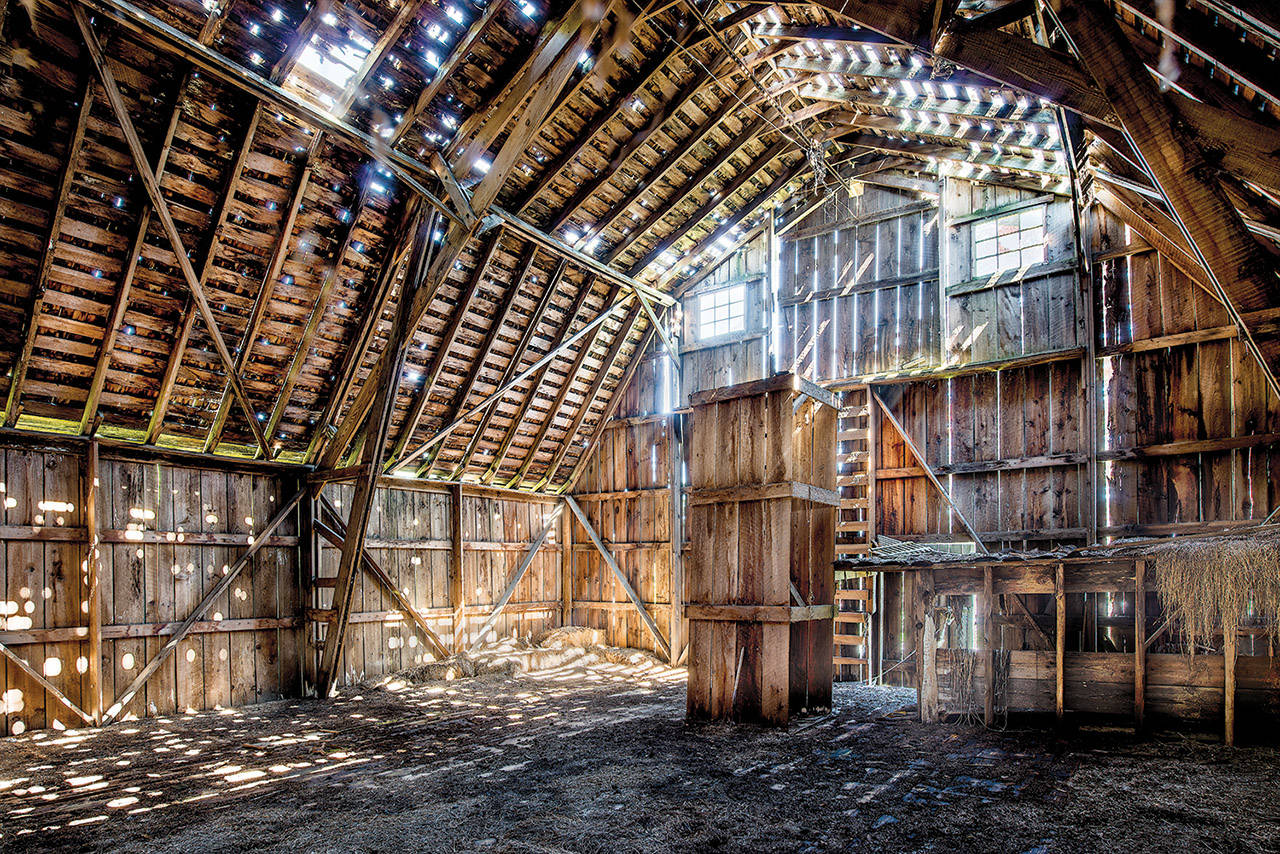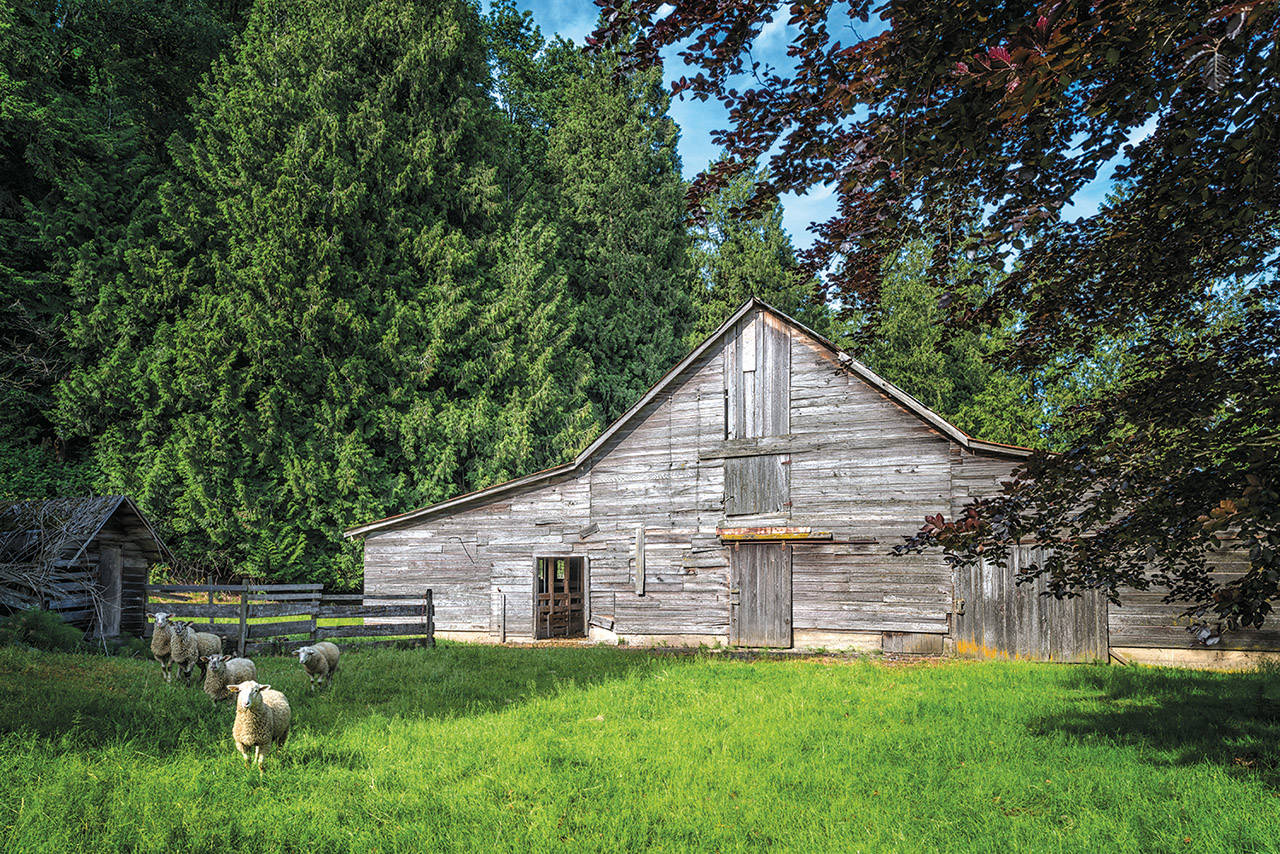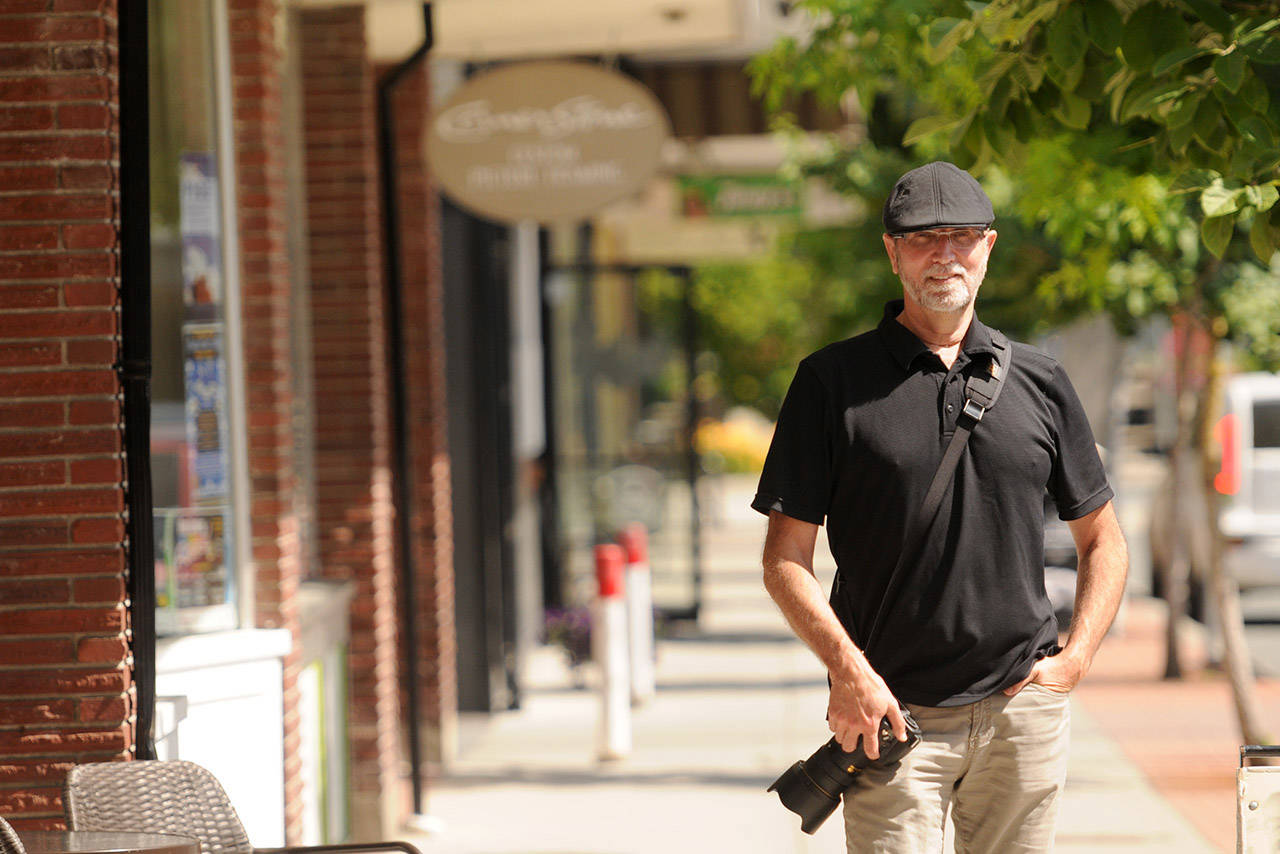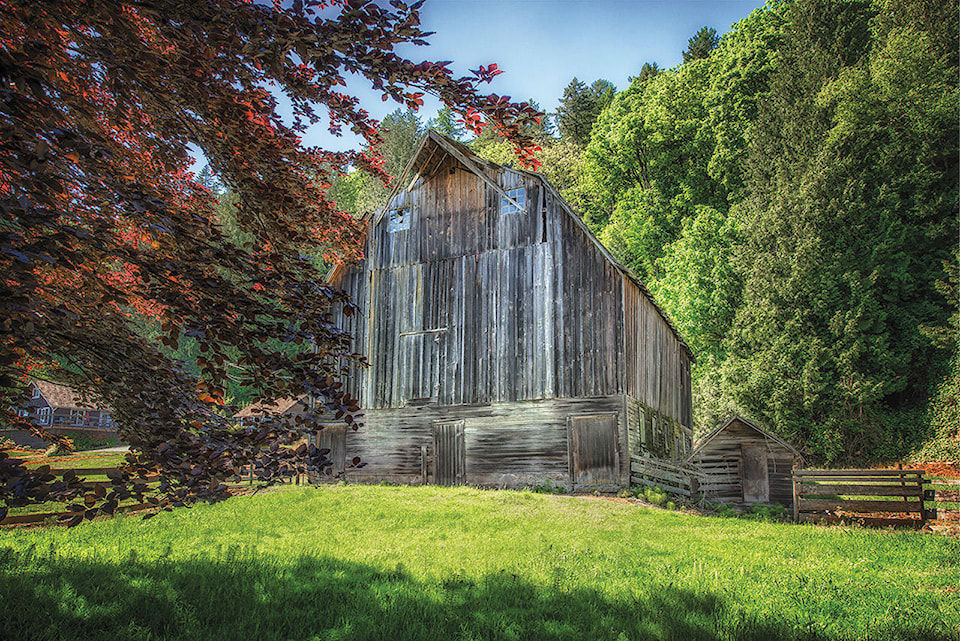This is the third part of a series on the preservation of Chilliwack’s heritage properties.
When photographer Carsten Arnold moved to Chilliwack a year ago, he knew almost right away that he wanted to help preserve the city’s history.
Heritage buildings are disappearing all around us, whether it’s because of demolition to make way for a new development, collapse due to snowfall, or them slowly falling apart due to neglect. Arnold wants to photograph those buildings before they’re completely gone.
For The Heritage Photo Project, Arnold’s goal is to photograph as many pre-war (1945 and older) homes, barns, and other buildings in Chilliwack — at no cost to the property owner.
“Heritage and preservation doesn’t mean keeping everything at all costs,” he says.
He wants to see the City of Chilliwack do more to preserve our heritage, such as putting a regulation in place for home owners and land owners of heritage buildings when applying for a demolition permit.
“It should be made so that the pricing works out in favour of [the property owner]. It should be cheaper if they decide to move it or recycle it than just to knock it over,” he says. “And at the very least, it should be made mandatory that the house be photographed.”
That’s where Arnold comes in. He has more than 40 years of photographic experience and is a full-time architectural and interiors photographer.
It was around March when he decided to start The Heritage Photo Project. Laura Reid with the Heritage Chilliwack Society informed him of a document from 1991 that listed 130 Chilliwack heritage homes and buildings. Arnold found the document on the city’s website and went from there.
After driving around and using Google maps, Arnold believes only 73 of the 130 buildings are still standing. He says there are many other homes and buildings that were missed on the inventory list, so it was far from being a complete list.
He then wrote a proposal letter outlining his project. In part, the letter reads: “The Heritage Photo Project is an initiative to preserve and promote our heritage by donating fine art photography images of these buildings to local museums and archives for the enjoyment of viewer for generations to come. I would be honoured to include your building in this self-funded personal project. Be assured that this is a free service and without obligation.”
Arnold hand delivered the proposal to about 50 of the properties asking for permission to access their land so he could photograph the building(s). Only three people have contacted him so far. A handful of others not on the list have voluntarily requested his service.
So far, he’s photographed only about 15 heritage buildings, and the vast majority of them were simply from the street.
So why does he need permission to access the property if he can see the building from the street?
“I want to get up close, I want to get better perspectives, and I want to do a proper shoot” when the light is in the right position, he says. “I want to photograph the details — the doors, the windows, the handles, all of the neat little things that make this thing unique. There’s artistic value to these homes. They’ve got character.”
When he sees heritage buildings disappearing, it upsets him.
“I think it diminishes the character of the city. It takes away from our innocence somehow — there’s an innocence about heritage and the simple lifestyle. It’s the reason why people moved here in the first place.”
He wants to encourage people to want to do more about the heritage in our city.
“What’s challenging for this project is, I started with lots of vim and vigour, but what I’m finding is there just isn’t an interest by the home owner.”
He understands that some heritage homes do need to come down because they’re not livable, but before they’re gone he wants to photograph them, document them and record their history for museums and archives. And when he does that, it connects him to his past, which is what drives him.
“When I was a kid, heritage was a big deal. We would go to these really old farms and we wanted to know what the history of that farm was,” he says.
Though he grew up in Winnipeg, he spent several summers exposed to farm life as his family would stay and work on various friends’ farms in rural Ontario. That love of old heritage buildings has stuck with him for decades.
“I like to bring a little bit of that old charm back by just showing these pictures and making people aware that there is this heritage here,” says Arnold.
If you are the owner of a heritage building or property, and you would like to be part of The Heritage Photo Project, you can contact Carsten Arnold at carsten@carstenarnold.com or 604-219-0920. For more, check out carstenarnold.com/heritageproject.
Read the other stories in the heritage preservation series.
Part 1: Preserving Chilliwack’s disappearing history
Part 2: Everything that is old is new again in Chilliwack’s downtown
@PhotoJennalism
jenna.hauck@theprogress.com
Like us on Facebook and follow us on Twitter.



